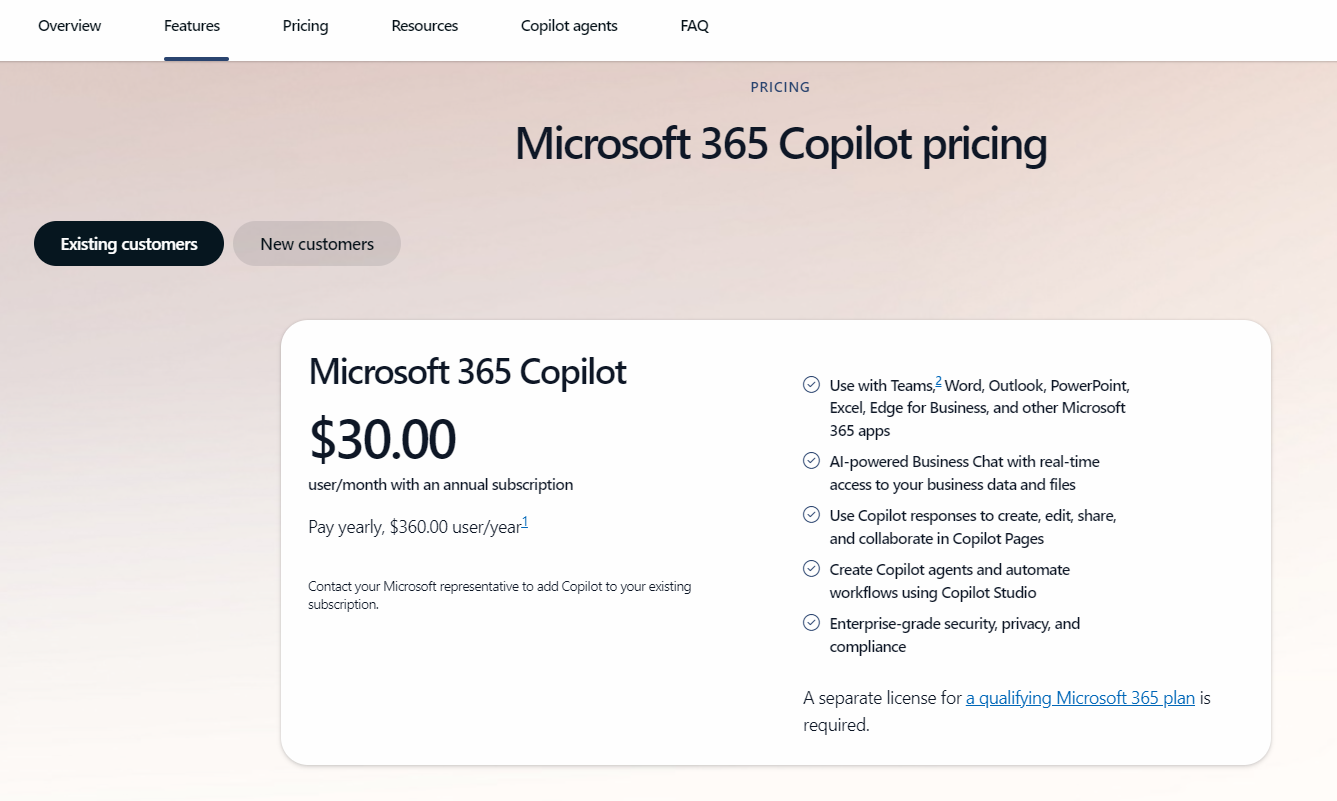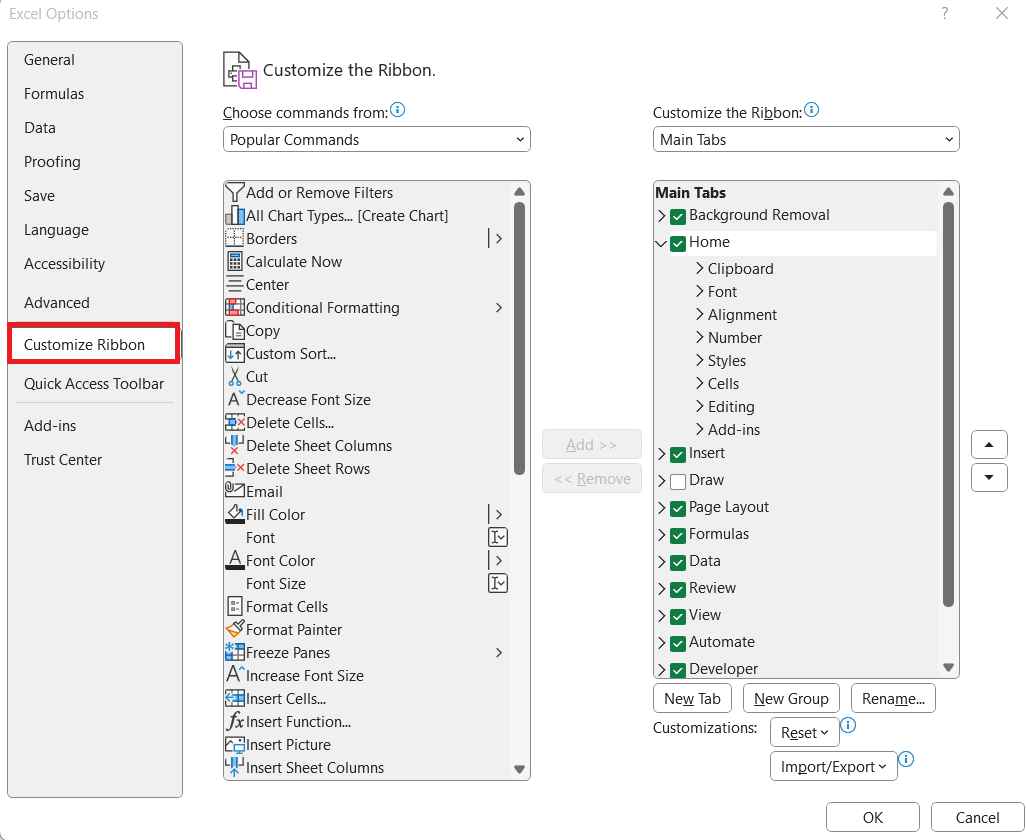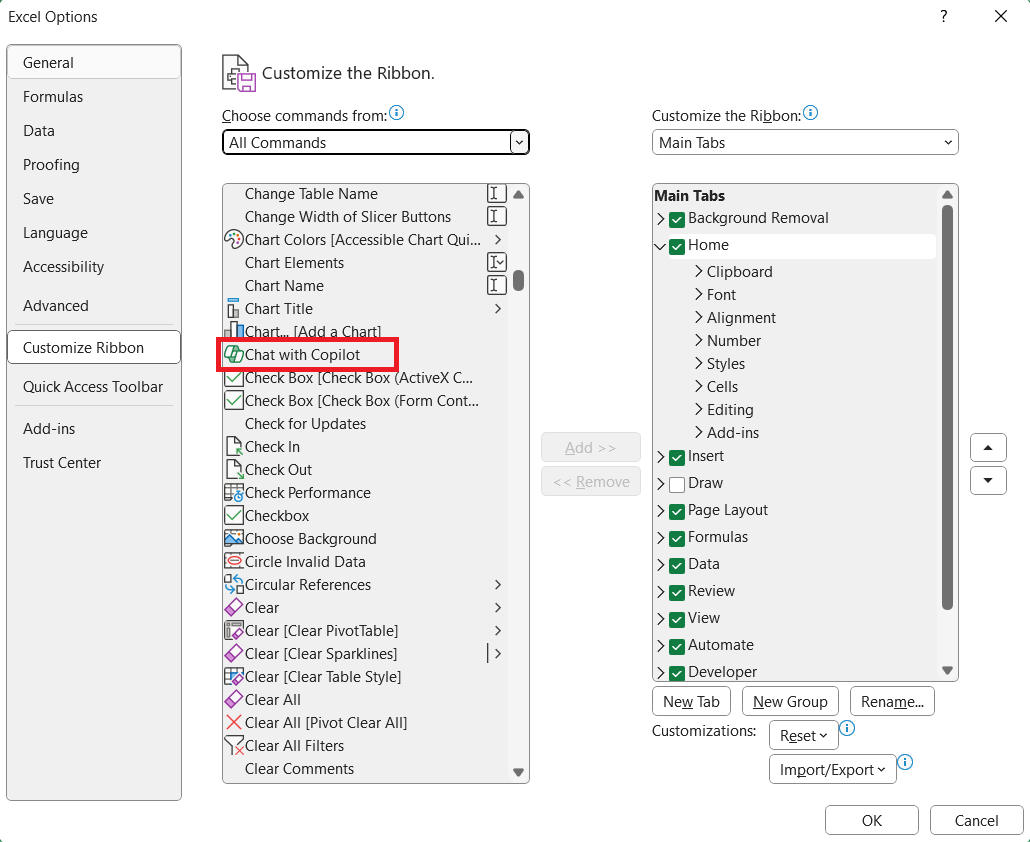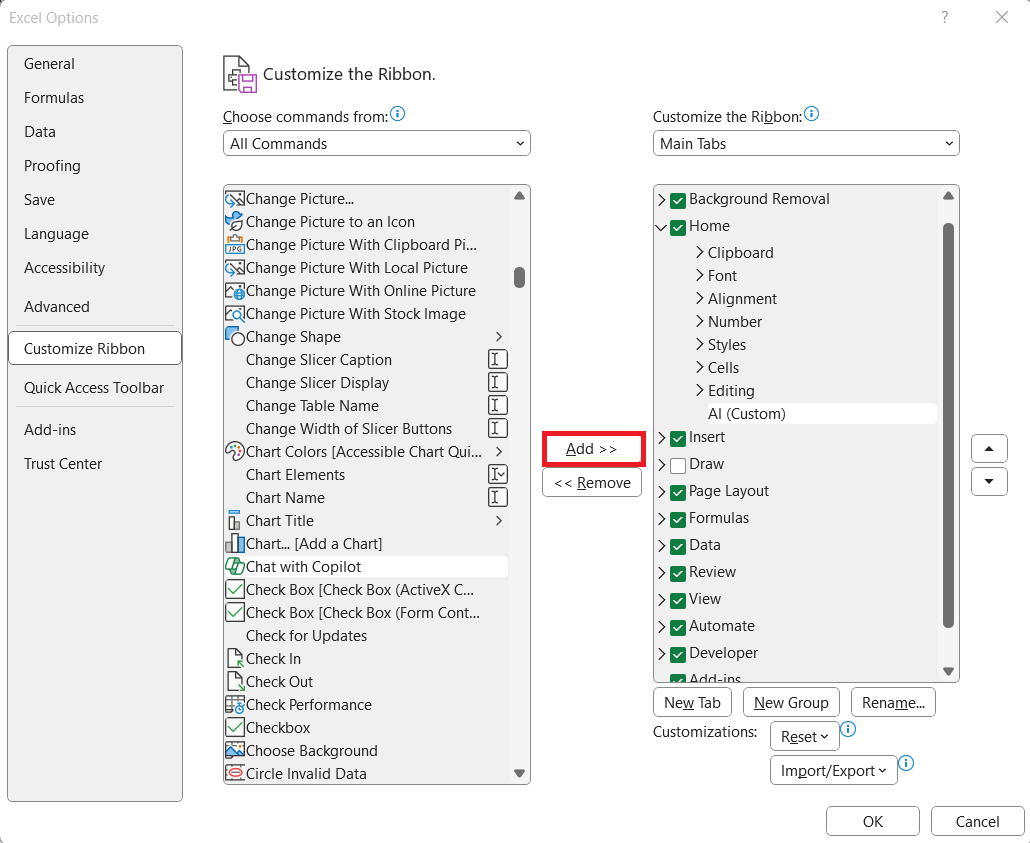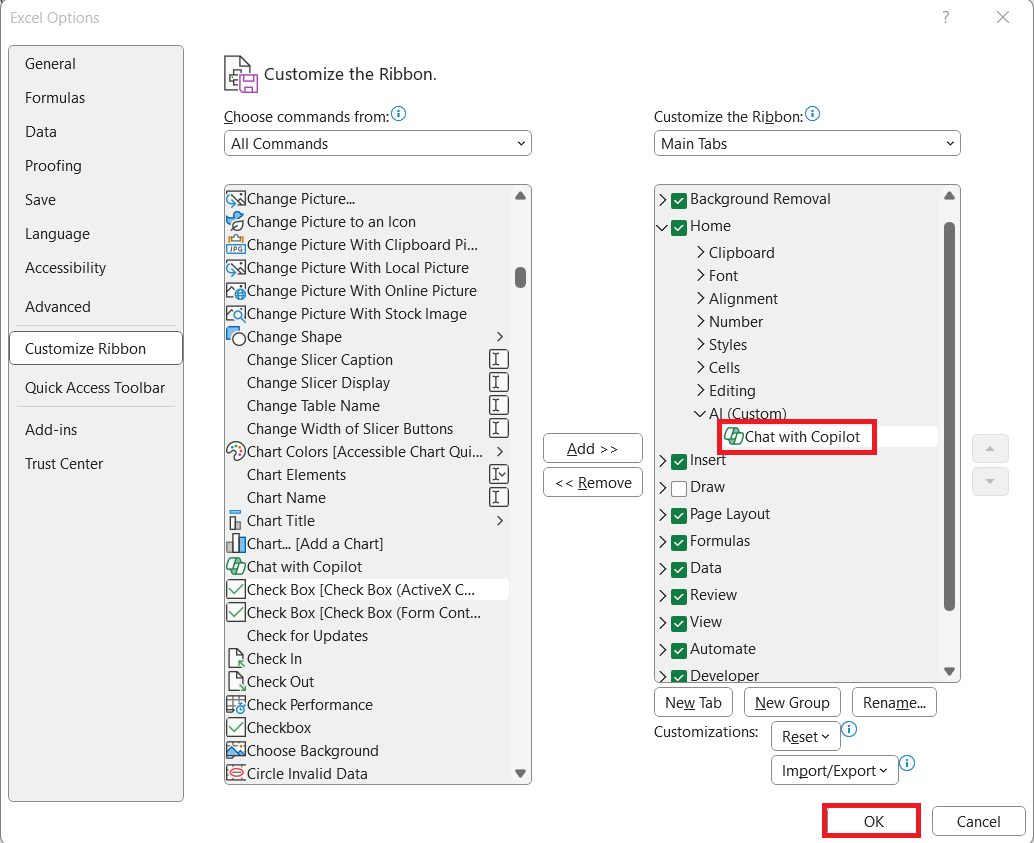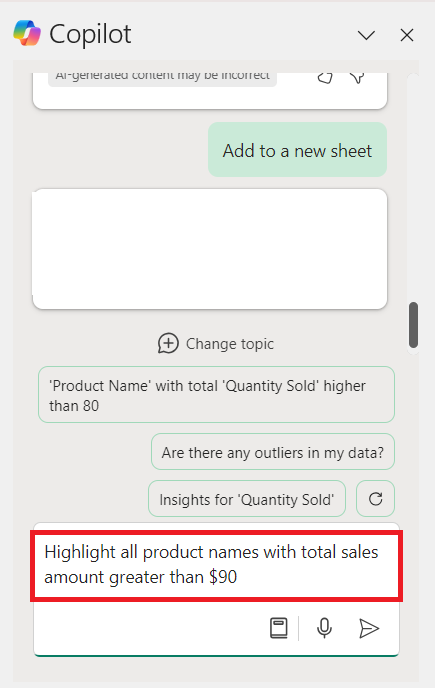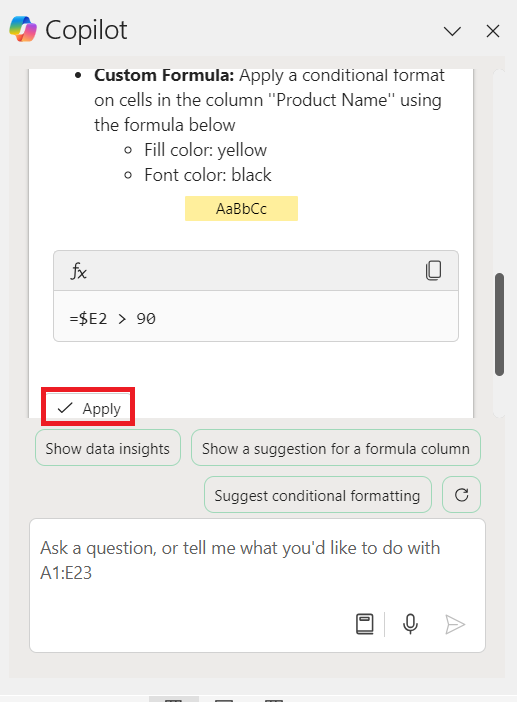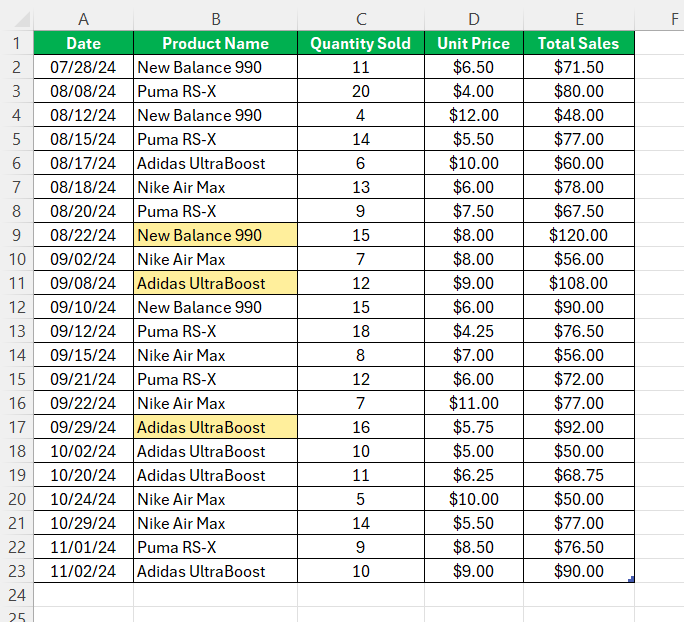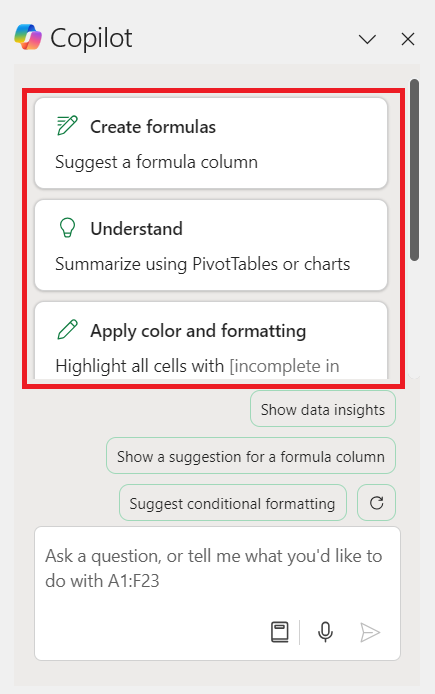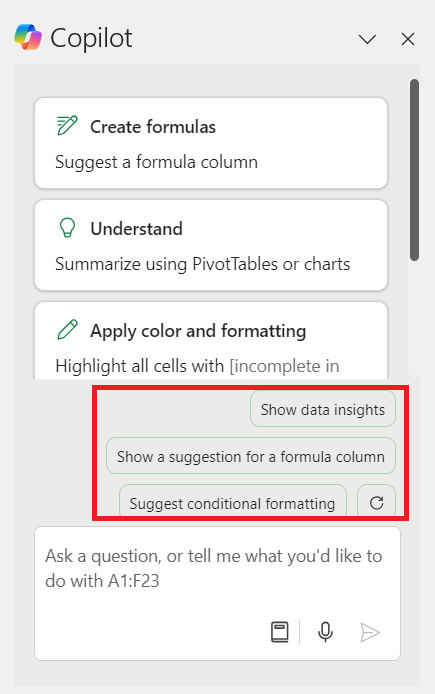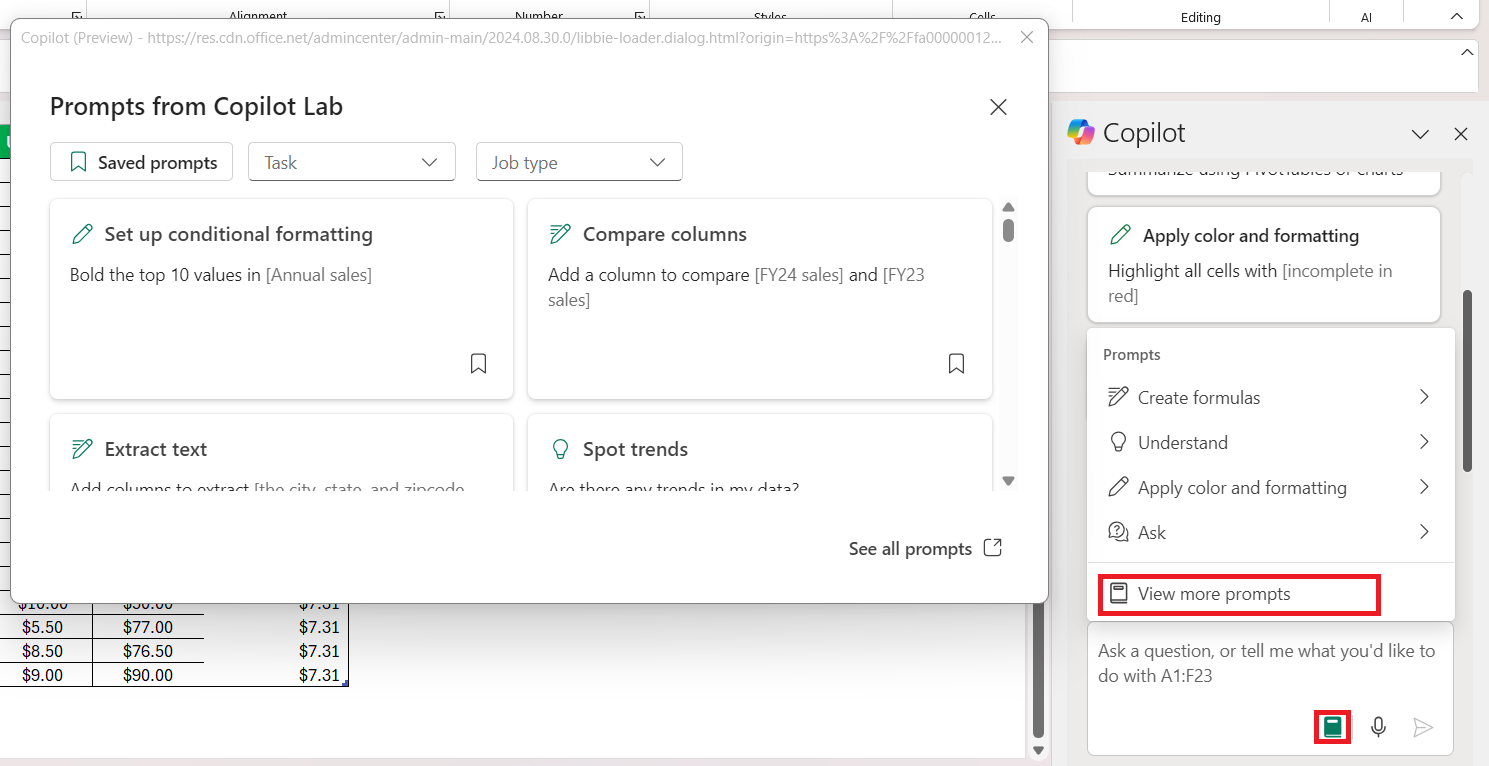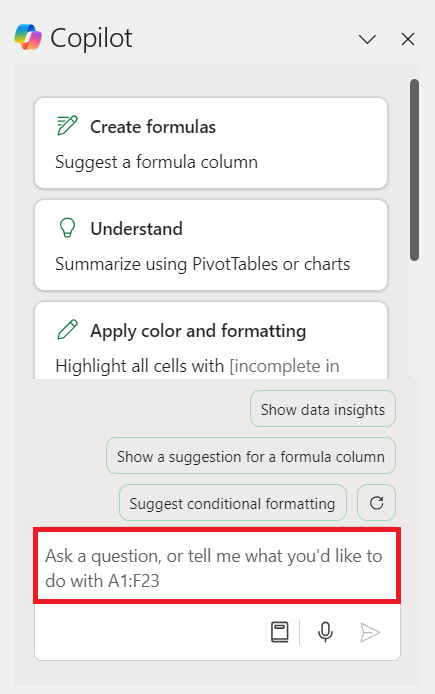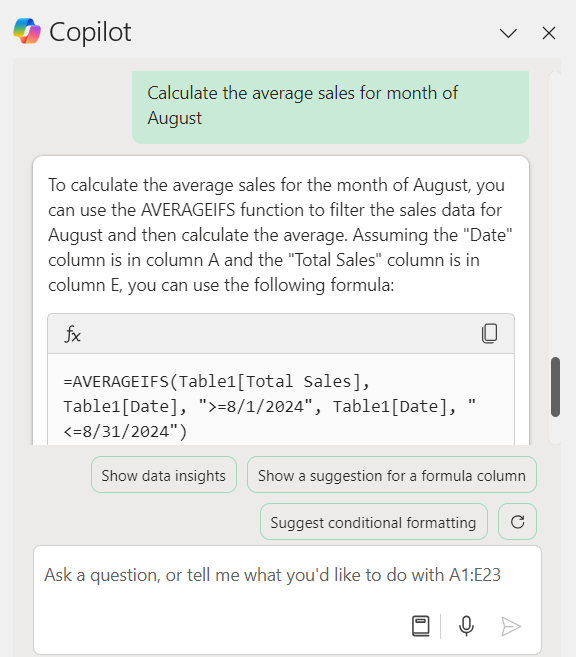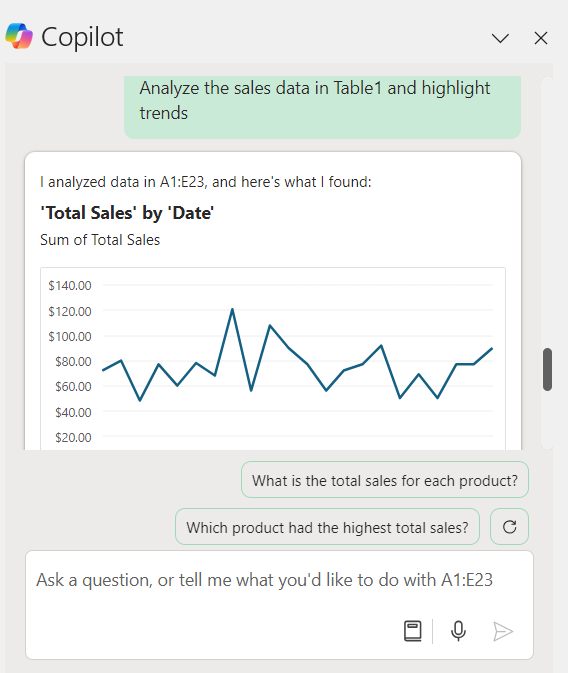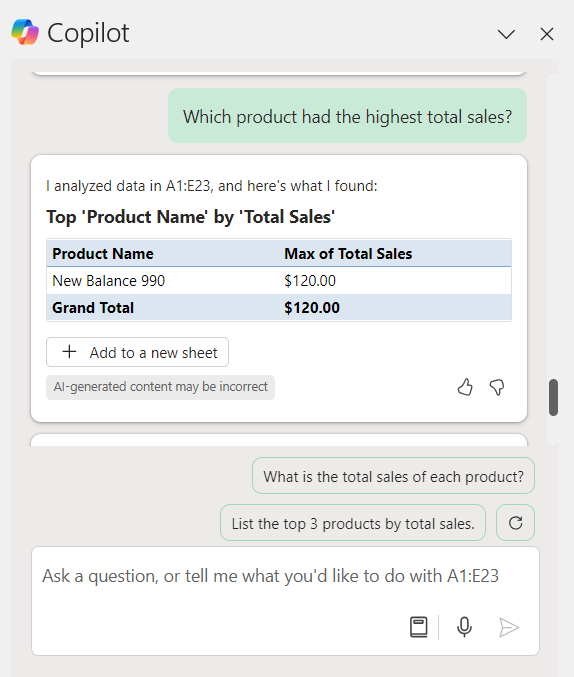As someone who spends countless hours working with data, I was thrilled to discover Copilot in Excel 365. This intelligent assistant simplifies my workflow by understanding my data, generating insights, and automating tasks with just a few natural language prompts. In this article, I’ll share how Copilot has transformed my Excel experience, making data analysis more efficient and enjoyable.
Key Takeaways:
- Formula Assistance: Copilot simplifies writing complex formulas, making even nested functions easier.
- Data Analysis: It helps interpret data and create charts or reports in just a few steps.
- Natural Language Queries: Users can interact with Excel through conversational prompts for data insights.
- Python Integration: For advanced analysis, Copilot supports Python, making complex data tasks easier.
- Subscription and Cloud Requirement: A Microsoft 365 subscription and cloud storage are necessary to use Copilot effectively.
Table of Contents
Introduction to Copilot in Excel
What is Copilot?
Copilot in Excel is a groundbreaking feature that helps users streamline tasks, analyze data, and enhance productivity. It integrates advanced AI capabilities within Excel, enabling users to automate data analysis, generate insights, and simplify formula creation. Copilot in Excel empowers users to work smarter by simplifying complex data tasks and integrating AI directly into their workflow. Whether we’re managing simple lists or conducting advanced analysis, Copilot can streamline our efforts and boost our productivity.
Key Features
- Formula Assistance: Copilot helps write complex formulas, whether it’s mathematical operations or text manipulation. It simplifies tasks like nested functions and conditional logic by suggesting and auto-filling the appropriate formulas based on user input.
- Data Analysis and Visualization: The tool can assist with data interpretation and generate reports from raw data. By asking Copilot to summarize, analyze, or transform data, users can create detailed charts and graphs in just a few clicks.
- Natural Language Queries: Users can interact with Excel through natural language queries, asking Copilot questions like “What are the trends in this data?” Copilot then analyzes the data and presents its findings in an understandable format.
- Integrations with Python: For advanced users, Copilot now supports Python integration, allowing more sophisticated data analysis. It can provide actionable insights by processing complex datasets that would typically require coding knowledge.
Why use Copilot in Excel?
- Time Efficiency: Copilot helps by automating repetitive tasks and offering suggestions that reduce the time spent on data entry or manipulation.
- Increased Accuracy: By minimizing manual input, Copilot helps reduce errors in formulas or calculations.
- Enhanced Productivity: Copilot assists with not only analyzing data but also drafting reports, making it a valuable tool for professionals who manage large datasets.
Get Started with Copilot in Excel
Access Copilot in Excel 365
STEP 1: Make sure that you have an active Microsoft 365 subscription that includes Copilot. If needed, install the latest version of Excel.
STEP 2: Then, choose the Copilot plan that works with the Microsoft 365 subscription and complete the purchase.
If Copilot is not visible on the Home tab, follow the remaining steps below –
STEP 3: Open Excel and click on the File tab, then select Options.
STEP 4: In the Excel Options window, navigate to Customize Ribbon from the left-hand side.
STEP 5: Search for Chat with Copilot in the All Commands list. If you don’t see it, ensure you meet the requirements for Microsoft 365 Copilot by checking your subscription and updates.
STEP 6: After locating Copilot, click Add to include it in my preferred ribbon tab.
STEP 7: Hit OK to save the changes.
Now we can easily access Copilot directly from the ribbon!
That’s how we can set it up to quickly assist us with Excel tasks like analyzing data and generating insights.
Step-by-Step Guide on How to Use Copilot
STEP 1: Click on the Copilot icon in the Home ribbon.
STEP 2: Copilot might suggest analyzing your data. Click on the suggestion if it matches your needs. Or, type a specific request like, “Highlight all Product Names with total sales greater than $90.”
STEP 3: Review the output provided by Copilot. Click Apply.
The Product names will be highlighted in yellow color fill with a total sales amount greater than $90.
Tips on Effectively Using Copilot
Using Copilot in Excel feels incredibly intuitive and powerful for me. Here’s how I effectively use it:
Suggested Options
When I activate Copilot, it often offers suggested options based on the context of my data. These suggestions include:
- Data Analysis: Copilot might suggest analyzing trends, creating pivot tables, or generating summary statistics.
- Visualizations: It can recommend charts and graphs that best represent my data.
- Formulas: I often see suggestions for formulas to calculate averages, sums, percentages, and more.
Prompts
I interact with Copilot using natural language prompts. Here are some examples of what I might say:
- Basic Calculations: “Calculate the total sales for Q1.”
- Data Analysis: “Analyze the sales data and highlight any trends.”
- Visualizations: “Create a bar chart showing monthly sales.”
- Advanced Analysis: “Run a regression analysis on this data using Python.”
To discover additional prompt ideas, select the View Prompts icon located at the bottom of the Copilot pane and then select View More Prompts.
Typing the Request
When I type my request, I make sure to be clear and specific. Here’s how I structure my requests:
- Identify the Task: I clearly state what I want to achieve.
Example: “Calculate the average sales for the month of August”
- Specify the Data Range: If necessary, I mention the range or table I’m referring to.
Example: “Analyze the sales data in Table1 and highlight trends.”
- Detail the Output: I describe the desired output or format.
Example: “Which product had the highest total sales?”
Limitations of Using Copilot
While I find Copilot in Excel to be a powerful tool, I’ve noticed it has some limitations that I need to keep in mind:
- Dependency on Cloud Storage: I must save my workbook in the cloud (OneDrive or SharePoint) for Copilot to function properly. This requires a stable internet connection to access its features effectively.
- Subscription Requirements: Copilot is only available to those with specific Microsoft 365 subscriptions. Without the appropriate subscription, I won’t be able to use Copilot.
- Data Structure: I’ve realized that Copilot works best with well-structured data, ideally formatted as tables. If my data is messy or unorganized, Copilot may struggle to provide accurate insights.
FAQs about Copilot in Excel 365
What is Copilot in Excel?
Copilot in Excel is an AI-powered assistant that helps automate data analysis, generate insights, and simplify tasks like formula creation. It uses natural language queries, allowing users to interact with data easily.
How can I use Copilot to create complex formulas?
I can ask Copilot to assist with creating formulas by typing requests in natural language, such as, “Create a formula to calculate the total sales.” Copilot will suggest and auto-fill the necessary formula, even for nested functions.
Can Copilot analyze data and create visualizations?
Yes, Copilot helps analyze data by generating reports, summarizing trends, and even creating visualizations like charts and graphs, all based on simple prompts like, “Create a bar chart for monthly sales.”
What are the system requirements to use Copilot in Excel?
To use Copilot in Excel, I need a Microsoft 365 subscription and must save my files in the cloud, such as OneDrive or SharePoint, as Copilot relies on cloud storage.
Does Copilot work with Python for advanced analysis?
Yes, Copilot supports Python integration for advanced analysis. I can run sophisticated data tasks or analyses, such as regression models, directly in Excel using Python with Copilot’s help.
John Michaloudis is a former accountant and finance analyst at General Electric, a Microsoft MVP since 2020, an Amazon #1 bestselling author of 4 Microsoft Excel books and teacher of Microsoft Excel & Office over at his flagship MyExcelOnline Academy Online Course.

